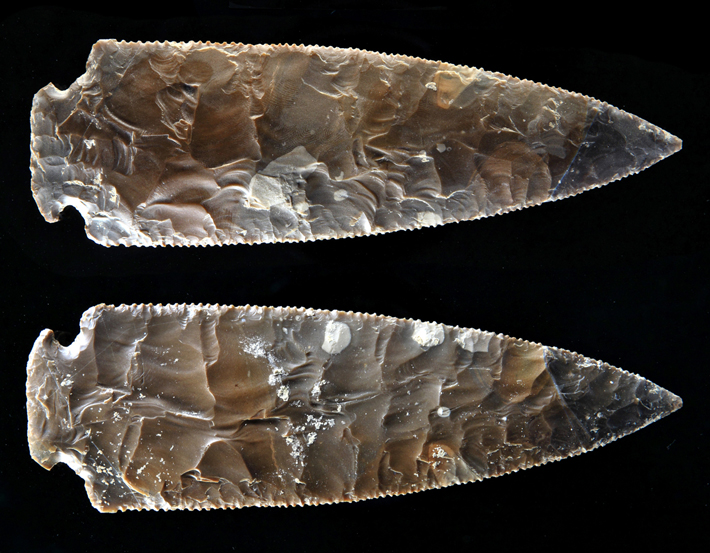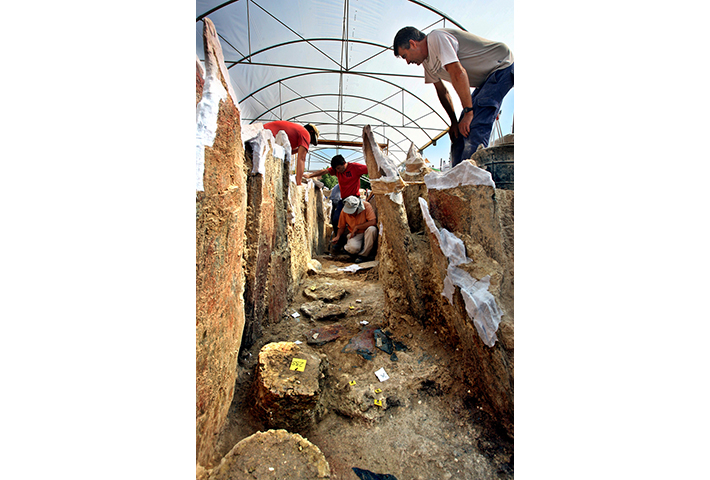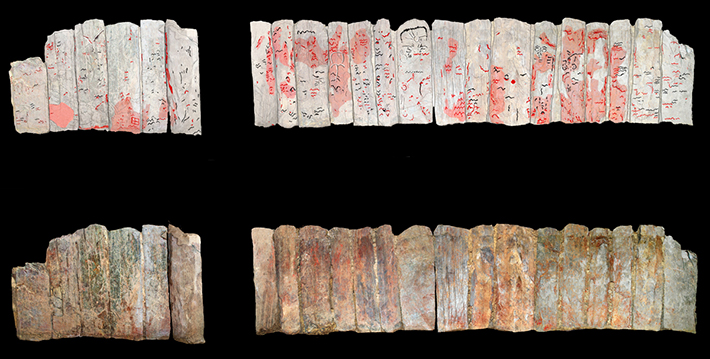At the site of Valencina in southwestern Spain, just outside Seville, a woman nicknamed the Ivory Lady was buried nearly 5,000 years ago with a collection of grave goods unparalleled for the time and place. A few generations later, 20 people—at least 15 of them women—were buried a few hundred feet from the Ivory Lady with an even more impressive array of grave goods in a tomb known as the Montelirio tholos. Archaeologist Leonardo García Sanjuán of the University of Seville, who leads a team that is studying the burials, believes the Ivory Lady and the women buried in the Montelirio tholos were leaders of their community, vested with great political and religious power.








